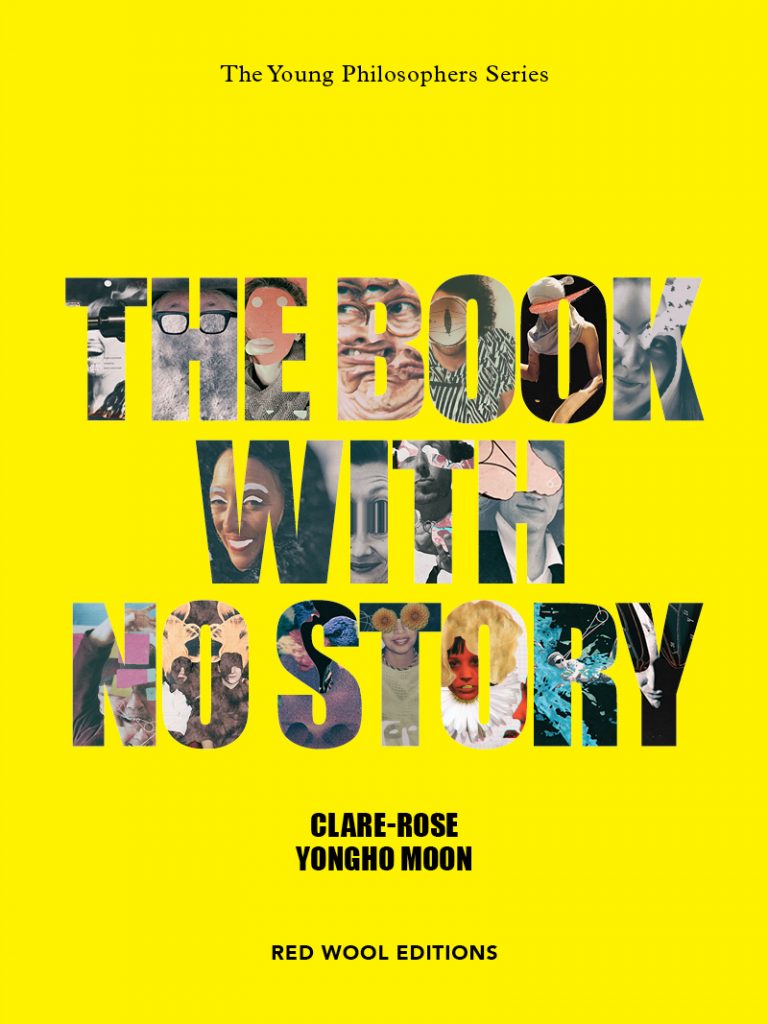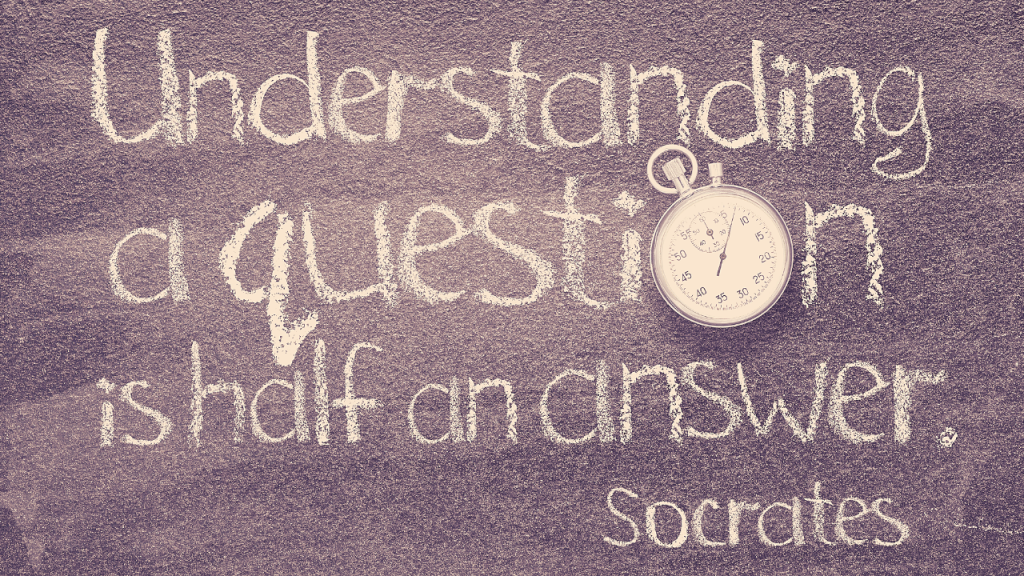Children are natural philosophers from the time they start demandingly asking ‘Why?’ So perhaps it’s helpful to ask who are philosophers. The source of online wisdom, Wikipedia, informs us that the term
“philosopher” comes from the Ancient Greek, φιλόσοφος (philosophos), meaning “lover of wisdom”. … In a modern sense, a philosopher is an intellectual who has contributed in one or more branches of philosophy, such as aesthetics, ethics, epistemology, logic, metaphysics, social theory, and political philosophy.
Children experience philosophical thinking through the Arts and the Sciences and everything in-between.
Stories to bring out how children are natural philosophers
The Philosophy in Schools movement leads the way in showing us how children are curious truth-seekers. Having worked with the approach with middle school students, I’m excited by the Red Wool Editions’ series for Young Philosophers.
Practising philosophy occurred through storytelling long before it was a school subject. Matthew Lipman tells us, for instance, that Homer’s Illiad was a philosophical text before Classical Greek philosophers came along.
Philip Cam’s “Commentary On Matthew Lipman’s The Educational Role of Philosophy” outlines how children are born story-lovers. Indeed, stories offer children ways of understanding complex ideas like identity and historical context. Cam explains that stories model roles for children of enormous importance. For instance, how human beings “reason together, build on one another’s ideas and strengthen their judgment through thoughtful deliberation.”
The Book With no story focuses on children as natural philosophers
The first book in the Young Philosophers series, The Book With No Story, is dedicated to valuing children as philosophers. And its based on the belief that philosophy and storytelling have work in partnership throughout human history. Furthermore, that dialogue is a powerful tool to use for understanding another’s viewpoint.

Clare-Rose’s and Yong’s images and text give children a glimpse into truths, one creature at a time in The Book With No Story. Unravelling the truths about the characters, scenarios, actions means giving children ways to be creative writers.
Like all writers, Clare’s stories are often tangled up with her lived experience. But unlike most fictional writers, she likes to show young readers how particular features and characteristics of her friends and family have inspired her stories. Her technique for doing so is to use Yong’s illustrations to show how fictional creatures are built on the images of ‘real people’.
The book gives children ways of creating their own creatures in the same way. With these fully revealed, they are then called on to imagine the story that may occur. We dare them to imagine the places and happenings they can go through storytelling and knowledge-seeking.
Practice creating questions through the young philosophers series activity books
The 52 characters collected in Book With No Story have run away from their author. We love to give children the chance to ask interesting questions. View the first five activity books here.
[ngg src=”galleries” ids=”6″ display=”basic_slideshow”]We wanted to emphasise the ‘lite and easy’ approach rather interrogation or examination. So we’ve created a set of resources around the creatures to stimulate more storytelling and writing. It’s a chance to go on your own adventures. Clare explains:
When you meet Kasperwish (or any creature who has run away from my stories) treat him kindly. Because he or she didn’t like my story, doesn’t mean he won’t like yours. So… let him or her grow in your own imagination, as well as your logical thoughts. Young Philosophers play with doing both.
Author, Clare-Rose
Create and Publish Inside-Out Stories
The purpose of the questions leads to collaborative discussions and story-making. Red Wool Editions publishes children’s stories with their permission to share their inventiveness with others. Inside-out storytelling is Clare’s method of story creation which she reckons builds empathy and a deeper understanding of individual characters.
As an author, I’ve come to learn about writing my creatures’ outside and inside worlds. Sometimes they match, sometimes they don’t.
Author, Clare-Rose
In a creature’s outside world many things happen every day. And in his or her inside worlds I discover personal experiences.


Comments are closed.